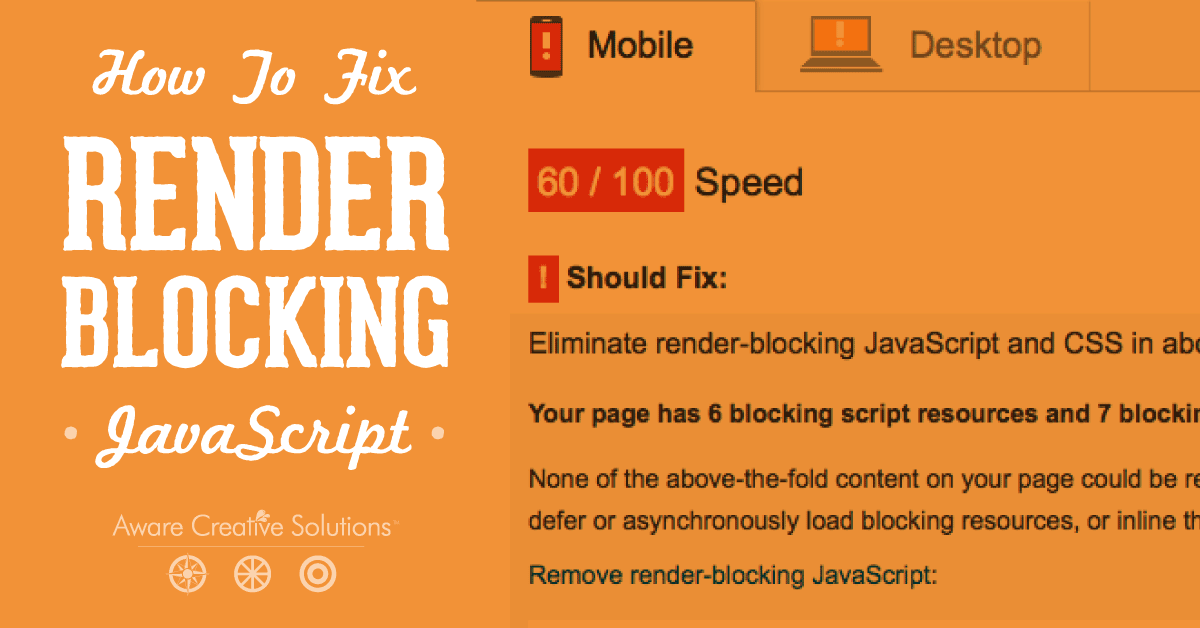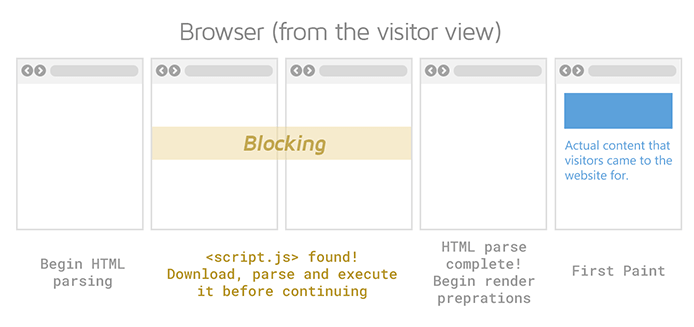

- #Render blocking css automize how to#
- #Render blocking css automize full#
- #Render blocking css automize download#
The Structured Data tab and filter will show details of validation errors.Īdditionally, this validation checks for out of date schema use of. It validates against main and pending Schema vocabulary from their latest versions. It checks whether the types and properties exist and will show ‘errors’ for any issues encountered.įor example, it checks to see whether exists for a property, or exist as a type. If enabled, then the SEO Spider will validate structured data against specifications.

This configuration option is only available, if one or more of the structured data formats are enabled for extraction. You can also select to validate structured data, against and Google rich result features.
#Render blocking css automize how to#
Please see our detailed guide on How To Test & Validate Structured Data, or continue reading below to understand more about the configuration options.īy default the SEO Spider will not extract and report on structured data. Structured Data is entirely configurable to be stored in the SEO Spider. This means it will affect your analytics reporting, unless you choose to exclude any tracking scripts from firing by using the exclude configuration (‘Config > Exclude’) or filter out the ‘Screaming Frog SEO Spider’ user-agent similar to excluding PSI.ĭisabling any of the above options from being extracted will mean they will not appear within the SEO Spider interface in respective tabs and columns.Ī small amount of memory will be saved from not storing the data of each element.Ĭonfiguration > Spider > Extraction > Structured Data Please note, when you choose to store cookies, the auto exclusion performed by the SEO Spider for Google Analytics tracking tags is disabled to provide an accurate view of all cookies issued. Cookies can be bulk exported via ‘Bulk Export > Web > All Cookies’ and an aggregated report can be exported via ‘Reports > Cookies > Cookie Summary. JavaScript rendering mode will need to be used to get an accurate view of cookies which are loaded on the page using JavaScript or pixel image tags.

Cookies – This will store cookies found during a crawl in the lower ‘Cookies’ tab.They can be bulk exported via ‘Bulk Export > Web > All HTTP Headers’ and an aggregated report can be exported via ‘Reports > HTTP Header > HTTP Headers Summary.
#Render blocking css automize full#
The full response headers are also included in the Internal tab to allow them to be queried alongside crawl data.
#Render blocking css automize download#
Response Time – Time in seconds to download the URL.The following URL Details are configurable to be stored in the SEO Spider. This is similar to behaviour of a site: query in Google search.Ĭonfiguration > Spider > Extraction > URL Details Please note – If a crawl is started from the root, and a subdomain is not specified at the outset (for example, starting the crawl from ), then all subdomains will be crawled by default. The CDNs configuration option can be used to treat external URLs as internal. To crawl all subdomains of a root domain (such as or ), then this configuration should be enabled. These will only be crawled to a single level and shown under the External tab.įor example, if is entered as the start URL, then other subdomains discovered in the crawl such as or will be treated as ‘external’, as well as other domains such as etc. Configuration > Spider > Crawl > Crawl All Subdomainsīy default the SEO Spider will only crawl the subdomain you crawl from and treat all other subdomains encountered as external sites.



 0 kommentar(er)
0 kommentar(er)
